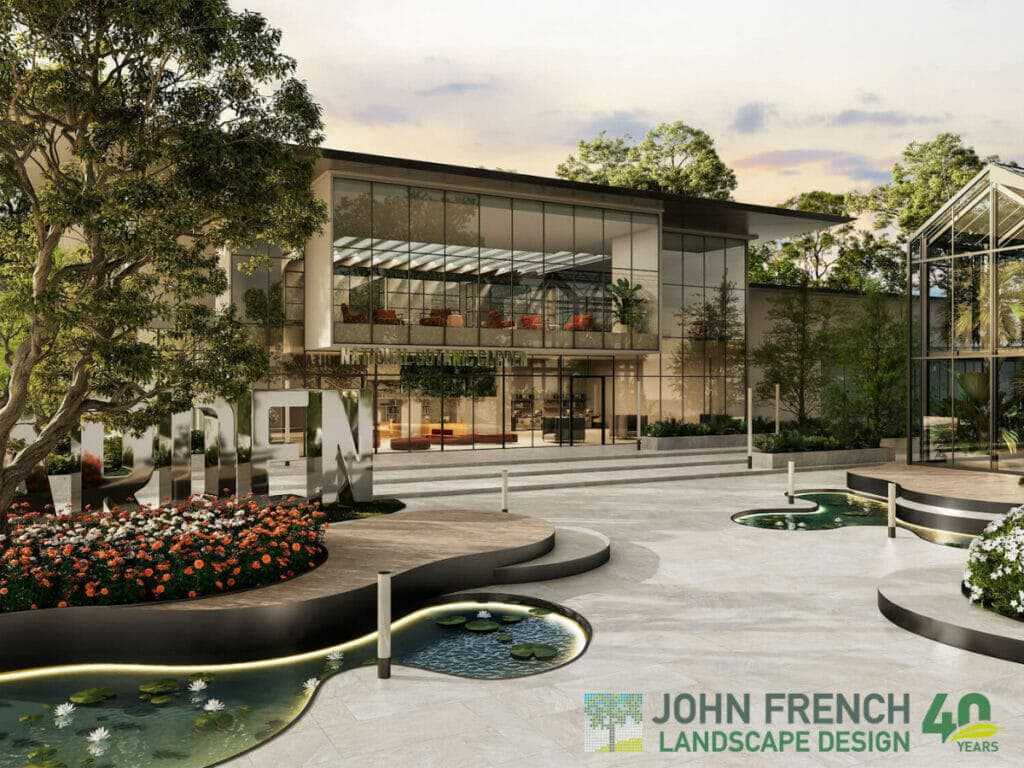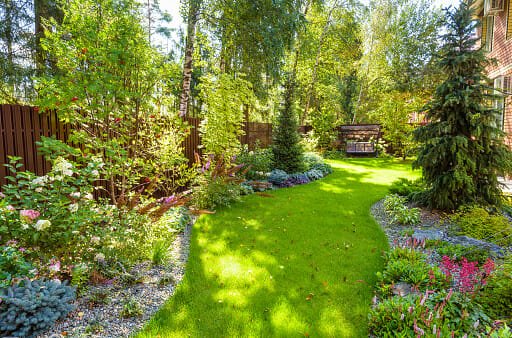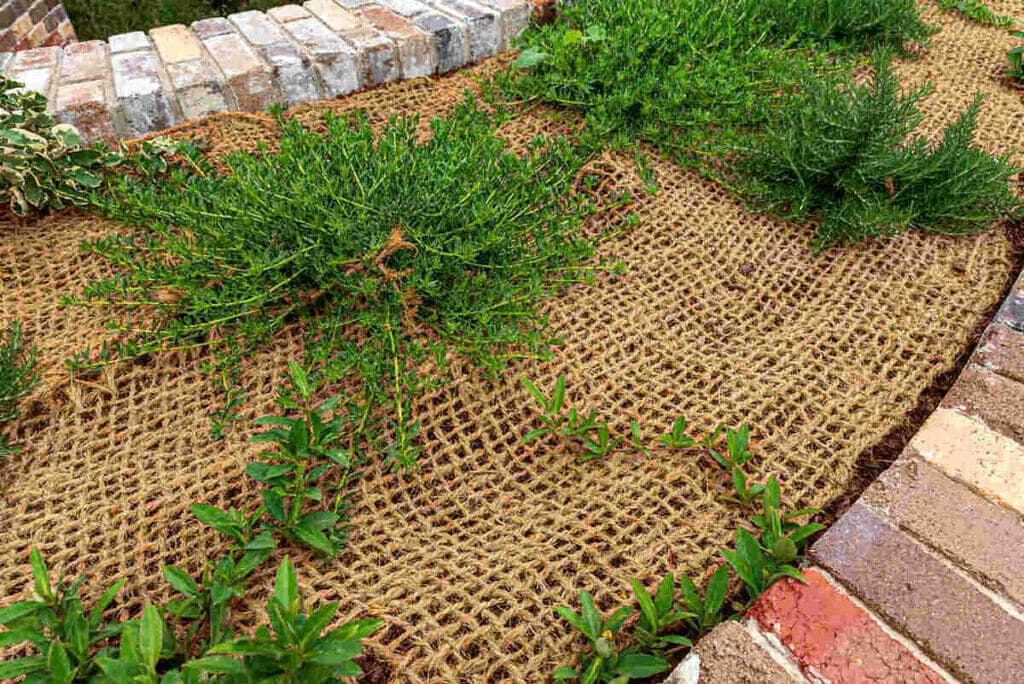An outdoor area that is pleasing to the senses and has a natural feel, such as a garden, park, or forest.
Biophilic landscapes are typically outdoor areas that are pleasing to the senses and have a natural feel, such as gardens, parks, or forests.
A biophilic landscape is an outdoor space that follows the principles of biophilia, which holds that humans have a deep-seated need to form connections with other living things and the natural world.
Biophilic landscapes have been shown to have a positive effect on human development. They are designed with the goal of meeting human needs through the use of nature. Biophilic landscapes are generally something that we all enjoy, and they have become more popular in recent years. This is because they have been shown to increase attention spans, reduce stress, and promote physical activity. Biophilic landscapes are becoming a wave of the future.
Greener Cities: Why Biophilic Design Is The Future Of Urban Areas
Green design, or biophilic design, is revolutionising how we build.
Learn about biophilic design and how it can be used to help design city landscapes in the future.
With more and more people living in cities, or working from home, both the urban landscape and the humble office need to become greener, and places where we want to spend our time.
As well as an abundance of environmental benefits, greener cities are proven to improve our own physical and mental states and biophilic design can help get us there.
What is biophilic design?
Biophilic design is loosely defined as incorporating nature into modern architecture, blurring the lines between the natural world and manmade structures.
Nature should be seen as an important asset within design with urban landscapes, rather than just a decoration – especially as two thirds of the global population will be in urban areas by 2050.
Similarly, it’s not a case of making a space environmentally friendly, it is about incorporating the natural world to benefit people.
The presence of nature greatly enhances and improves psychological and physiological well being, as well as helping decrease stress and overstimulation – improving cognitive function.
Consequently, biophilic design is the future of urban areas. Especially as we only spend 10% of our day outside, the majority of spaces need to incorporate natural design.

“Two thirds of global populations will be in urban areas by 2050”
Biophilic design proves to be only positive, mutually benefitting nature and people.
The principles of biophilic design
What is considered to be beautiful in nature depends on the individual perspective, but there are certain triggers that create a positive environment from biophilic design.
There are three core patterns of biophilic design:
-
Direct connection with nature
-
Indirect connections with nature
-
Structure of the layout
Direct connections with nature covers both visual and non-visual connections with nature, forms that interact with a variety of our senses. So, it also covers the use of lighting, airflow and plants themselves.
Indirect connections can be a material connection to nature through the use of patterns and textures, or visual cues that can function either consciously or subconsciously.
Finally, the structure of the layout influences the relations to the space, whether it is a tranquil refuge or a mystery that is meant to tantalise the senses.
-
Find out more about Biophilic design and how to incorporate it into your own space.
Bringing the outside in
Nature should be seen as an important asset within design, rather than just a decoration.
For example, air quality comes with biophilic design, but should be an important asset regardless.
Likewise, plants inside are not only decorative but also are important to the multiple ways in which wellbeing is improved.
In fact, bringing nature through biophilic design inside has proven to:
-
Reduce stress
-
Lower blood pressure
-
Lower heart rates
-
Increase productivity
-
Increase creativity
This extends beyond passive improvement, as study shows that biophilic design within healthcare spaces decreases postoperative recovery time by 8.5% in addition to pain medication being reduced by 22%.
Of course, external biophilic design also helps to improve urban areas outside too.
Natural workplaces
By incorporating the natural world into the workplace, it reduces a multitude of negative factors of the office.
From decreasing mental fatigue by calming and stimulating the mind in a way that encourages a restorative experience.
- 7 Easy Ways To Create An Inspiring Eco-friendly Home Office
Biophilic design reduces absenteeism, increases productivity and employee engagement. So biophilic design actually increases profits for companies.
Moreover, with the incorporation of natural light, it boosts morale as well as reducing between 50% and 80% of energy costs.
Big, spaces windows letting in natural light also gives opportunity for positive mental stimulation via a visual connection with the natural world.
Of course, these benefits come at a price. If the workplace incorporates plants and trees they will need maintenance and consideration for their environment.
Likewise, thought must be had into accessibility. Ultimately, especially post-pandemic, workspaces must transform into a place where employees want to work – especially if work is interspersed with working from home.
Greener cities
There are many cities that are already embracing biophilic design, from incorporating rooftop gardens to parks and water features. Many also aim to restore biodiversity of the area as a way to combat the global loss of nature.
Here are some of pebble’s favourite examples of greener buildings and cities.
Singapore – Asia’s Greenest City
A landscaping project known as Gardens by the Bay has helped transform the urban landscape in Singapore into a garden. Including 18 ‘supertrees’, with heights ranging from 80-160 feet, it visually intertwines the natural world with Singapore’s cityscape.
These ‘supertrees’ are man made structures composed of around 200 species of tropical climbers. Yet these are more than just aesthetic, as they are also designed to mimic trees with respect to redistributing heat, collecting rainwater, and providing shade.
- It’s Pittsburgh, But Not As You Know It

Singapore’s ‘supertrees’ made of around 200 species of tropical climbers
Gardens by the Bay has both inside and outside gardens, including the infamous Flower Dome and the Cloud Forest – both structures providing ideal living conditions for the plants.
This is not the only example of biophilic design in Singapore as there are many other methods Singapore applies, like their Nature Ways – areas of green that connect spaces within the cities. The Nature Ways provide both shrubs, under canopy and canopies for the local wildlife.
Finally, Singapore has also developed a City Biodiversity Index, which lets them track the progress of their biodiversity and conservation projects – all of which leads Singapore to being labelled Asia’s greenest city.
Sydney, Australia – Reaching New Heights
Cities in Australia have embraced biophilic design, with the awareness that it will help create a healthier, more liveable and sustainable urban environment.
With many improvements to health by supporting walking and cycling, to the resilience of urban areas to weather.
- 7 Reasons Why Cycling Helps Your Health and The Environment
The Greener Places design provides a framework for Australian cities, providing strategies, criteria and recommendations for design and development.
One of the structures in Sydney has garnered a lot of attention: One Central Park. Located in the suburb of Chippendale, One Central Park was constructed as the first stage of the Central Park urban renewal project.

One Central Park supports growing plants into its external structure.
It includes a vertical landscape, designed in collaboration with French botanist Patrick Blanc, and covers roughly half of the building. The plants are supported by hydroponic walls and horizontal planters, which are integrated into the building to encourage a variety of climbing plants.
The plants themselves are a natural sun control device, shielding the apartments from direct sunlight – creating a natural heating and cooling system dependent on the season.
One Central Park hopefully means the start of greener urban areas across all of Australia, and across the globe.
- Check In: The Eco-luxe, Living Wall Covered Manhattan Hotel
Nottingham, England – Green Potential
The closed and partly demolished Broadmarsh Centre in Nottingham is hoped to be the city’s first central rewilding project.
The derelict shopping centre, due to be demolished, could potentially become an area for blooming wildlife.

Example of one of the original wilding designs for Broadmarsh Centre, Nottingham.
The idea was broached in 2020 with the idea of converting the disused land into green areas to support and reintroduce local wildlife.
Yet, with new images in March 2022, Nottingham’s Greater Broad Marsh Advisory Group (established in 2021) published its vision and recommendations. In collaboration with acclaimed British designer Thomas Heatherwick, the design is set to bring social and economic opportunity to Nottingham.
- Go Wild: The Best Books to Learn About Rewilding

The new designs that incorporate the disused building.
The designs illustrate a New Green Heart at the centre of Nottingham, partially where the Broadmarsh Centre is located, in which wildlife-rich green spaces will weave through the entire space.
With a bid to boost both natural ecosystems and tourism, there are plans for heritage and culture trails, gardens, and utilising the frame of the old centre – just breathing in new life.








